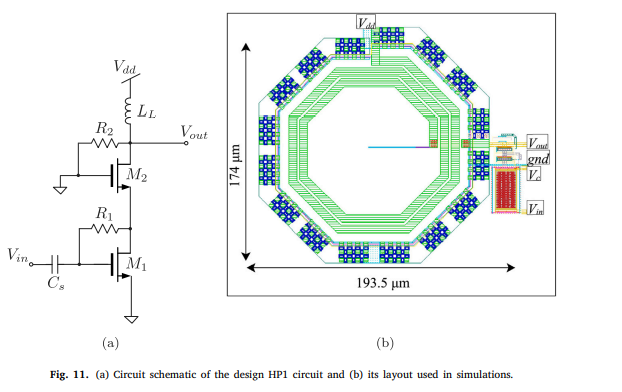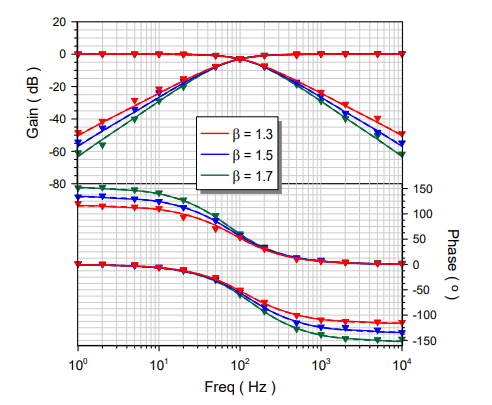Breadcrumb
Study of alternative back contacts for thin film Cu2ZnSnSe4-based solar cells
Cu2ZnSnSe4 thin film solar cells are usually fabricated on a soda lime glass substrate with a molybdenum (Mo) back contact. It is suspected that degradation in electrical performance occurs due to the formation of a barrier between the absorber and Mo back contact. To overcome such degradation, Titanium Nitride (TiN), Titanium Tungsten (TiW), Chromium (Cr), Titanium (Ti) and Aluminum (Al) deposited on Mo-coated glass substrates are investigated as alternative back contact materials. Physical and electrical characterization as well as photoluminescence measurements are performed. Compositional analysis of the absorber layer on the metallized substrates identifies Mo, TiN and TiW as being the most inert during the formation of Cu2ZnSnSe4. On the other hand, Ti and Cr reacted with Se during selenization, thereby affecting the growth of the absorber, leading to low conversion efficiency. For Al, the absorber layer was etched after the standard potassium cyanide etch, hence, cannot be used as a back contact. The best device efficiencies obtained are 8.8% on TiN, 7.5% on Mo and 5.9% on TiW, respectively. The TiN back contact provides the lowest barrier value of about 15 meV which could be considered as a good ohmic contact. © 2015 IOP Publishing Ltd.



